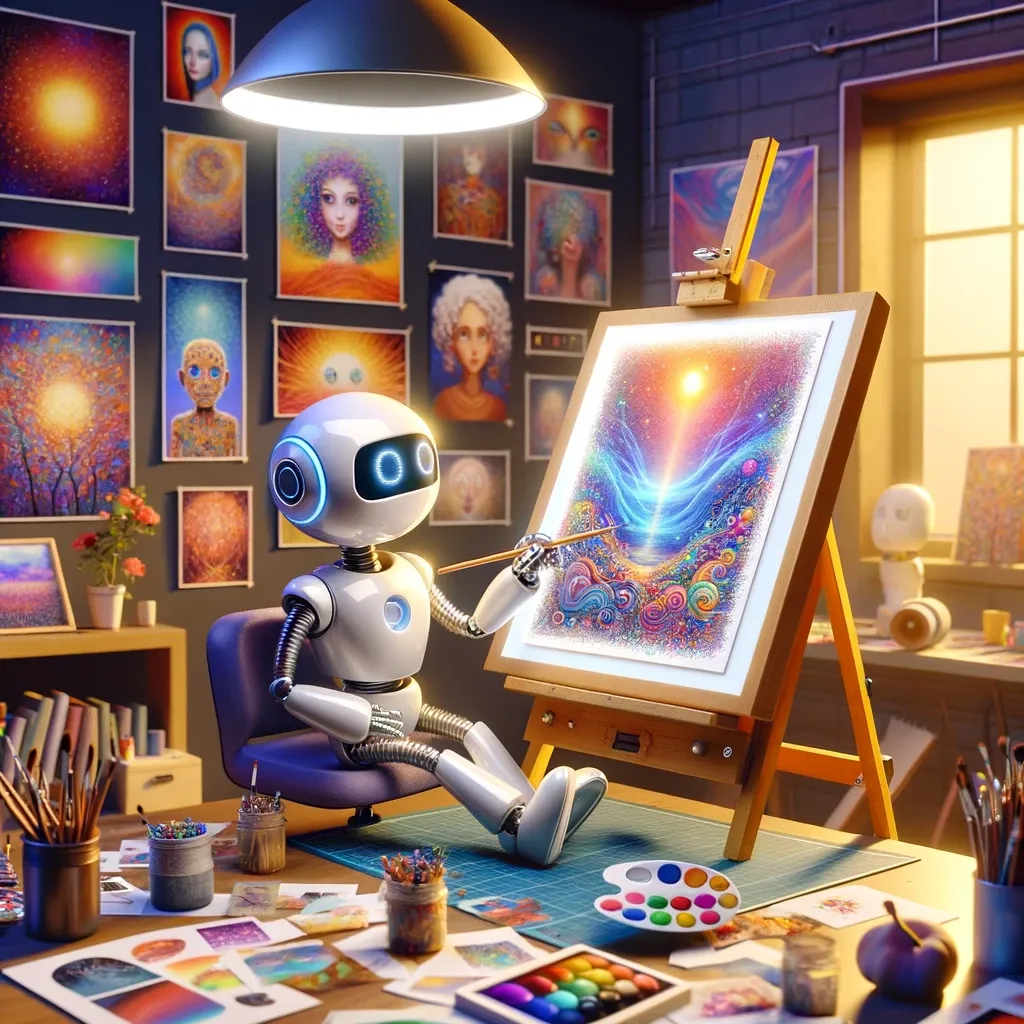Stable Diffusion vs DALL·E: A Detailed Comparison
Two image generation models have stood out for their remarkable capabilities and innovative approaches: Stable Diffusion and DALL·E. These models have not only captured the imagination of artists, designers, and creatives across the globe but have also sparked discussions about the future of creativity, copyright, and AI ethics.
In this blog post, we'll dive deep into the features, differences, applications, and potential impacts of Stable Diffusion and DALL·E, providing insights into how they're shaping the future of digital art and beyond.
What is Stable Diffusion?
Stable Diffusion is an open-source AI model developed by Stability AI, which allows for the generation of highly detailed and customizable images based on textual descriptions. It's known for its flexibility, accessibility, and the ability to run on consumer-grade hardware, making it widely popular among hobbyists, artists, and small businesses. The model's architecture enables users to create images from text prompts or to modify existing images with unprecedented ease and detail.
Key Features of Stable Diffusion:
- Open-source and accessible: Anyone can download, modify, and use the model.
- Runs on consumer hardware: Does not require high-end GPUs to generate images.
- Customizability: Offers tools for fine-tuning and personalizing the output.
What is DALL·E?
DALL·E, developed by OpenAI, is another groundbreaking AI model capable of generating complex and creative images from textual descriptions. Named playfully after the artist Salvador Dalí and Pixar's WALL·E, DALL·E has demonstrated a remarkable ability to understand and interpret nuanced text prompts, creating images that range from realistic to surreal. DALL·E's iterations, including the latest, DALL·E 2, have continued to push the boundaries of AI's creative potential.
Key Features of DALL·E:
- Advanced understanding of prompts: Interprets complex and abstract descriptions accurately.
- High-quality image generation: Produces professional-grade images with intricate details.
- Creative and versatile: Capable of generating a wide range of artistic styles and concepts.
Comparing Stable Diffusion and DALL·E
While both models are at the forefront of AI-driven image generation, there are distinct differences in their design, accessibility, and output quality that cater to different needs and preferences.
Accessibility and Usage
- Stable Diffusion is open-source, allowing for greater flexibility and customization. It can be run locally on a wide range of hardware, making it more accessible to a broader audience.
- DALL·E, while incredibly powerful, is accessed through OpenAI's API, with usage based on a credit system. This can limit its accessibility for continuous or high-volume use.
Image Quality and Creativity
- DALL·E is often praised for its ability to generate high-quality images that are both creative and contextually accurate, reflecting OpenAI's ongoing research and development efforts.
- Stable Diffusion excels in customizability and the ability to produce highly detailed images, with a community-driven approach to improvements and feature additions.
Fidelity to Prompts
DALL·E 3 is noted for its remarkable accuracy in converting text prompts into vivid and closely aligned images with user expectations, thanks to its fine-tuned algorithms that understand nuanced language. Stable Diffusion, while producing relevant imagery, might occasionally offer a more generalized portrayal, especially with complex prompts.
Detail Complexity and Artistic Range
Both models have strengths in handling complexity, with DALL·E 3 maintaining high levels of detail even in complex compositions. Stable Diffusion is versatile in styles but may simplify scenes with overwhelming details. In terms of artistic range, Stable Diffusion offers a broad spectrum from abstract to hyper-realism, while DALL·E 3 is lauded for its realistic imagery and attention to detail.
User Experience and Accessibility
Stable Diffusion is highlighted for its user-friendly interface and broad device compatibility, making it accessible to a diverse audience. It's particularly noted for requiring more technical knowledge for advanced features but offers significant customization capabilities. DALL·E 3 provides an intuitive experience for novices and a simpler transition to advanced usage, though with selective compatibility.
Practical Applications and Commercial Use
Both AIs find extensive use across industries, from graphic design and advertising to fashion and gaming, revolutionizing content creation with speed, efficiency, and customization potential. Stable Diffusion is praised for rapid image creation, while DALL·E 3 is preferred for high-quality outputs with minimal need for tweaking.
Ethical Implications
Concerns around copyright, artist livelihoods, and deepfake technology are significant. Both models use extensive datasets for training, including works by human artists, raising questions about copyright infringement and the impact on professional artists' income streams. The potential for misuse in creating deepfakes adds a layer of ethical complexity.
Overall Effectiveness
While both Stable Diffusion and DALL·E 3 excel in their respective domains, the choice between them may depend on specific needs such as ease of use, accessibility, detail complexity handling, and ethical considerations. DALL·E 3's strengths lie in its nuanced language understanding and high-detail outputs, while Stable Diffusion offers greater customization and versatility in artistic styles, alongside broader accessibility due to its open-source nature.
In summary, both Stable Diffusion and DALL·E 3 represent significant advancements in AI-driven art creation, each with its own set of advantages and limitations. The choice between them would largely depend on the user's specific requirements, including the desired level of detail, ease of use, accessibility, and ethical considerations surrounding AI-generated content.
Conclusion
Stable Diffusion and DALL·E represent two significant milestones in the journey of AI-driven creativity. While they share the common goal of transforming text into compelling images, their approaches, capabilities, and implications vary. As these models continue to evolve, they promise to further blur the lines between technology and art, opening new horizons for creativity and innovation./syn
We're a remote software company, building online tools for creators, builders, and side hustlers. We quit our 9-5 to pursue our dreams, and we want to help others do the same.
Copyright © 2025 beehiiv, Inc. All rights reserved.
Made in Typedream


